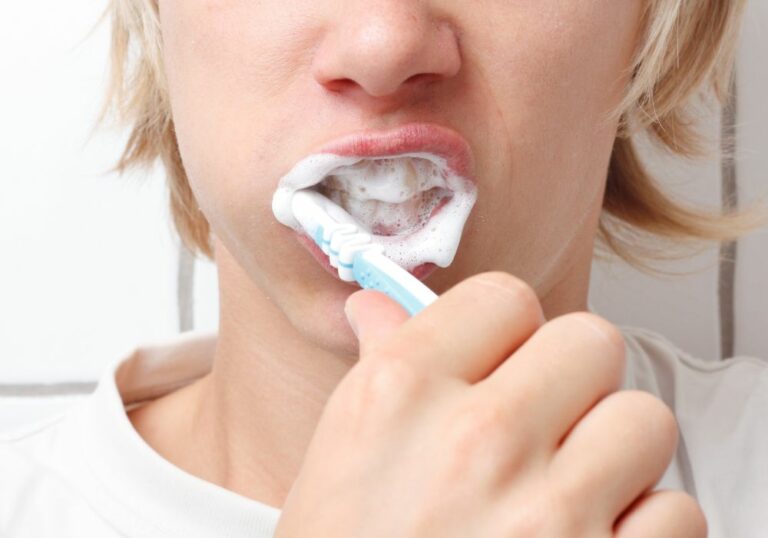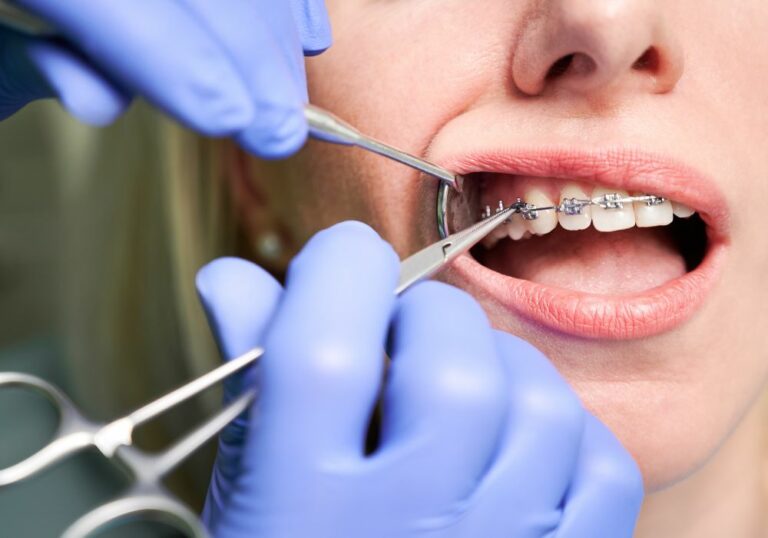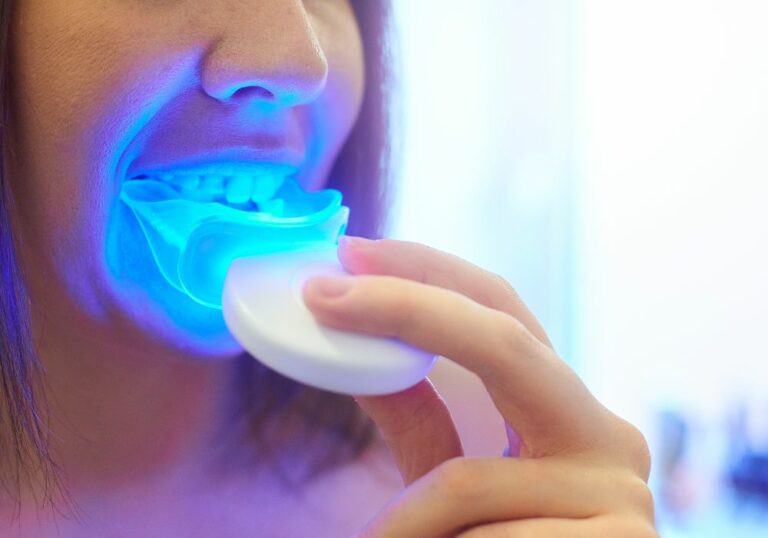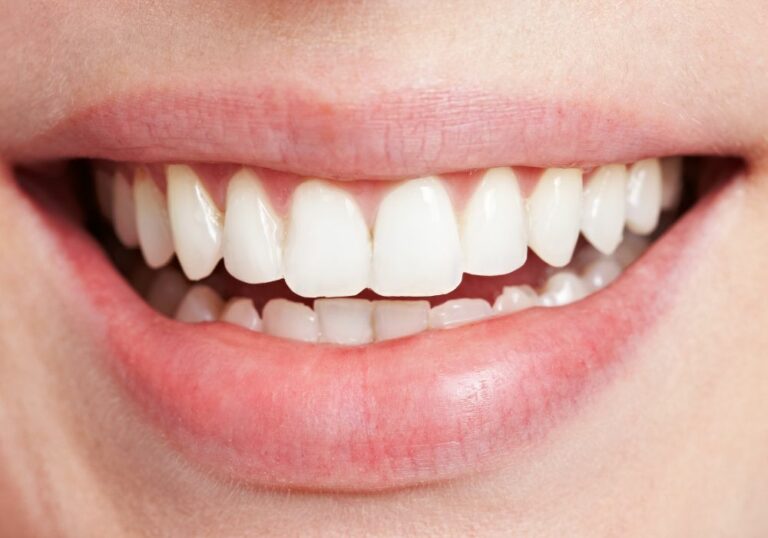If you’re experiencing tooth pain or discomfort, you may be wondering what you can do to numb your tooth before attempting to pull it out. While pulling your own tooth is not recommended, there are some situations where it may be necessary. In those cases, it’s important to know what options are available to help you manage the pain.
One of the most common ways to numb a tooth is by taking an over-the-counter painkiller, such as ibuprofen or acetaminophen. These medications can help alleviate pain and reduce swelling in the infected area. However, it’s important to follow the recommended dosage and not exceed the maximum amount per day to avoid potential side effects.
Another option to consider is using a topical numbing gel or cream. These products contain a local anesthetic that can help numb the area around the tooth. They can be applied directly to the gum or tooth and typically take effect within a few minutes. However, it’s important to read the instructions carefully and use the product as directed to avoid any adverse reactions.
Understanding Tooth Pain
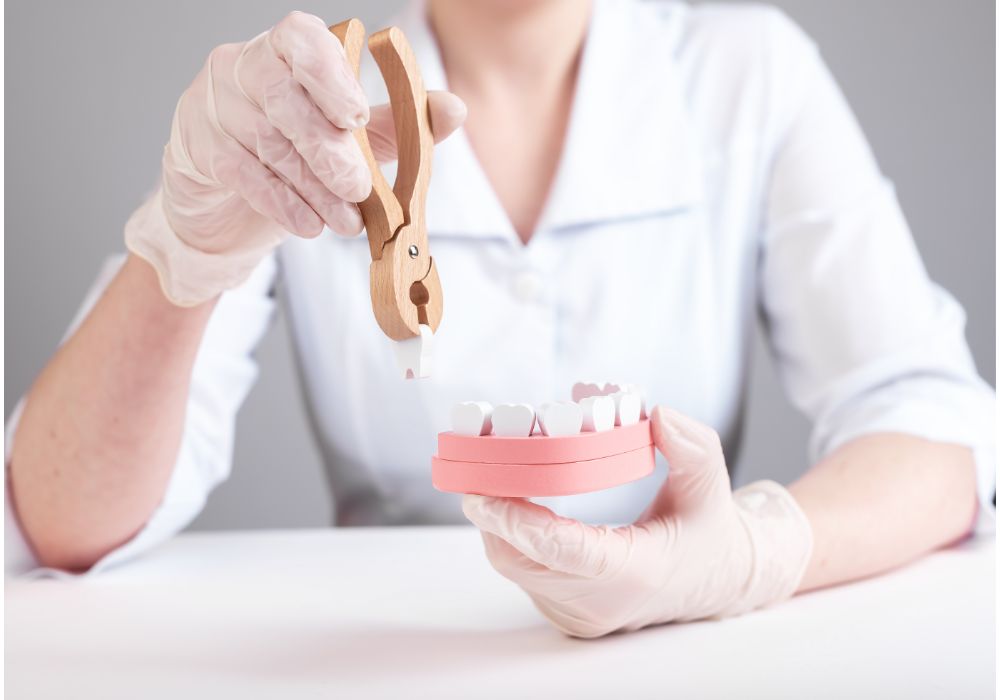
Tooth pain can be a real nuisance, and it can be caused by a variety of different factors. It’s important to understand what’s causing your tooth pain before attempting any kind of treatment. Here are some common causes of tooth pain:
Cavities
Cavities are one of the most common causes of tooth pain. They occur when bacteria in your mouth produce acid, which eats away at your tooth enamel. If left untreated, cavities can cause significant pain and even lead to tooth loss.
Gum Disease
Gum disease is another common cause of tooth pain. It occurs when bacteria in your mouth infect your gums, causing inflammation and bleeding. If left untreated, gum disease can cause significant pain and even lead to tooth loss.
Tooth Abscess
A tooth abscess is a pocket of pus that forms in your tooth. It’s usually caused by a bacterial infection, and it can cause significant pain and swelling. If left untreated, a tooth abscess can lead to serious complications, including the spread of infection to other parts of your body.
Tooth Trauma
Tooth trauma can also cause significant tooth pain. This can include anything from a cracked tooth to a tooth that’s been knocked out. If you experience tooth trauma, it’s important to see a dentist as soon as possible to prevent further damage.
By understanding the cause of your tooth pain, you can take steps to treat it effectively. In the next section, we’ll discuss some ways to numb your tooth to pull it out.
Professional Dental Solutions

If you’re looking for a safe and effective way to numb your tooth before pulling it out, then professional dental solutions may be your best bet. Here are two common methods used by dentists:
Dental Anesthetics
Dental anesthetics are a type of local anesthesia that can be applied directly to the affected tooth or gum area. These anesthetics work by blocking pain signals from the affected area to the brain, resulting in numbness.
Dentists typically use dental anesthetics in the form of injections, gels, or sprays. Injection-based dental anesthetics are the most effective and commonly used method. The dentist will inject the anesthetic into the gum tissue surrounding the affected tooth, which will cause temporary numbness in the area.
Gel-based anesthetics are applied directly to the tooth or gum area using a cotton swab or applicator. The gel will then numb the area for a short period of time.
Spray-based anesthetics are also applied directly to the tooth or gum area. The spray will then numb the area for a short period of time.
Sedation Dentistry
Sedation dentistry is another option for those who want to numb their tooth before pulling it out. This method involves the use of sedatives to help the patient relax and feel less pain during the procedure.
There are several types of sedation dentistry, including oral sedation, nitrous oxide (laughing gas), and IV sedation. Oral sedation involves taking a pill before the procedure to help you relax. Nitrous oxide is a gas that you inhale through a mask, which will help you feel relaxed and less anxious. IV sedation involves the use of an IV to administer sedatives directly into your bloodstream.
Sedation dentistry is a safe and effective way to numb your tooth before pulling it out. However, it’s important to discuss the risks and benefits of sedation dentistry with your dentist before the procedure.
In summary, dental anesthetics and sedation dentistry are two effective ways to numb your tooth before pulling it out. Your dentist will help you decide which method is best for you based on your individual needs and preferences.
Home Remedies
If you’re looking for a way to numb your tooth before pulling it out, there are a few home remedies you can try. Keep in mind that these remedies may not be as effective as professional dental anesthesia, and they may not work for everyone. However, they can be a good option if you’re unable to see a dentist right away.
Cold Compress
A cold compress can help numb the area around your tooth and reduce any swelling. To make a cold compress, wrap a few ice cubes in a towel and hold it against your cheek for 10-15 minutes at a time. Make sure to take breaks in between to avoid damaging your skin.
Clove Oil
Clove oil contains a natural anesthetic called eugenol, which can help numb the area around your tooth. To use clove oil, dip a cotton ball in the oil and apply it directly to your tooth and gums. You can also mix a few drops of clove oil with a carrier oil, such as coconut oil, and apply it to the affected area.
Over-the-Counter Gels
There are several over-the-counter gels that can help numb your tooth before pulling it out. Look for gels that contain benzocaine or lidocaine, which are common dental anesthetics. Apply the gel directly to your tooth and gums, and wait a few minutes for it to take effect.
Keep in mind that while these home remedies can help numb your tooth, they may not be enough to completely eliminate pain. If you’re experiencing severe pain or discomfort, it’s important to see a dentist as soon as possible.
Risks and Precautions

When considering pulling your own tooth, it’s important to be aware of the potential risks and take necessary precautions to avoid complications. Here are some things to keep in mind:
Infection Risk
Removing a tooth can leave an open wound in your mouth, which increases your risk of infection. Make sure to keep the area clean and follow proper hygiene practices to prevent infection. You can also use an antiseptic mouthwash to help kill bacteria and reduce the risk of infection.
Damage to Surrounding Teeth
Pulling a tooth can be a delicate process, and if not done carefully, you risk damaging the surrounding teeth. Be sure to use the proper tools and techniques to avoid causing unnecessary damage. If you’re unsure about how to proceed, it’s best to consult with a dentist or oral surgeon.
Pain Management
Pulling a tooth can be a painful process, especially if you don’t have access to local anesthesia. There are some over-the-counter pain relievers that can help alleviate the pain, but be sure to follow the recommended dosage and avoid taking too much. You can also try applying a cold compress to the area to help reduce swelling and numb the pain.
In summary, pulling your own tooth can be a risky and painful process, and it’s important to take the necessary precautions to avoid complications. If you’re unsure about how to proceed, it’s best to consult with a dental professional.
When to Seek Professional Help
If you are experiencing tooth pain and are considering extracting the tooth yourself, it is important to know when it is time to seek professional help. While home remedies and over-the-counter pain medication may provide temporary relief, there are certain situations where seeing a dentist or oral surgeon is necessary for safe and effective treatment.
Persistent Pain
If you have been experiencing persistent tooth pain that does not go away with home remedies or over-the-counter medication, it may be a sign of a more serious dental issue. A dentist or oral surgeon can diagnose the underlying cause of your pain and provide appropriate treatment, which may include a root canal or extraction.
Signs of Infection
If you notice signs of infection, such as swelling, redness, or pus around the affected tooth, it is important to seek professional help immediately. An untreated infection can spread to other areas of the body and cause serious health complications.
Unsuccessful Home Remedies
If you have tried multiple home remedies and over-the-counter pain medication without success, it may be time to see a dentist or oral surgeon. They can provide a more effective and long-lasting solution to your tooth pain.
Remember, attempting to extract a tooth yourself can be dangerous and cause further damage to your oral health. If you are unsure whether you need professional help, it is always better to err on the side of caution and schedule an appointment with a dentist or oral surgeon.
Frequently Asked Questions
How can I alleviate tooth pain before pulling it out?
Tooth pain can be quite uncomfortable, and it’s important to alleviate it before attempting to pull out a tooth. Over-the-counter painkillers like ibuprofen or acetaminophen can help alleviate pain and swelling. You can also try applying a cold compress to the affected area for 10-15 minutes at a time to reduce pain and swelling.
What are some natural remedies for numbing teeth?
There are several natural remedies that can help numb teeth before pulling them out. Clove oil is a popular natural remedy for tooth pain relief. You can apply a small amount of clove oil directly to the affected area using a cotton swab. Peppermint tea bags can also be used to numb the area. Simply place a wet tea bag on the affected tooth for a few minutes.
Are there any over-the-counter numbing agents for teeth?
Yes, there are over-the-counter numbing agents available for teeth. These include gels and creams that contain benzocaine or lidocaine. These products can help numb the area, making it easier to pull out the tooth. However, it’s important to follow the instructions carefully and not to exceed the recommended dosage.
How do dentists usually numb the mouth before tooth extraction?
Dentists typically use local anesthesia to numb the mouth before tooth extraction. This involves injecting a numbing agent, such as lidocaine, into the area around the tooth. The anesthesia will numb the area, making it easier to extract the tooth without causing pain.
What are some home remedies for tooth extraction pain relief?
After pulling out a tooth, you may experience some pain and discomfort. To relieve pain and promote healing, you can try rinsing your mouth with warm salt water. This can help reduce swelling and prevent infection. Applying a cold compress to the affected area can also help reduce pain and swelling.
What are some tips for painless tooth extraction at home?
It’s important to note that pulling out a tooth at home can be dangerous and should only be done as a last resort. If you must pull out a tooth at home, make sure to sanitize your hands and the tools you’ll be using. Apply a numbing agent to the area and pull the tooth out slowly and gently. If you experience excessive bleeding or pain, seek medical attention immediately.

